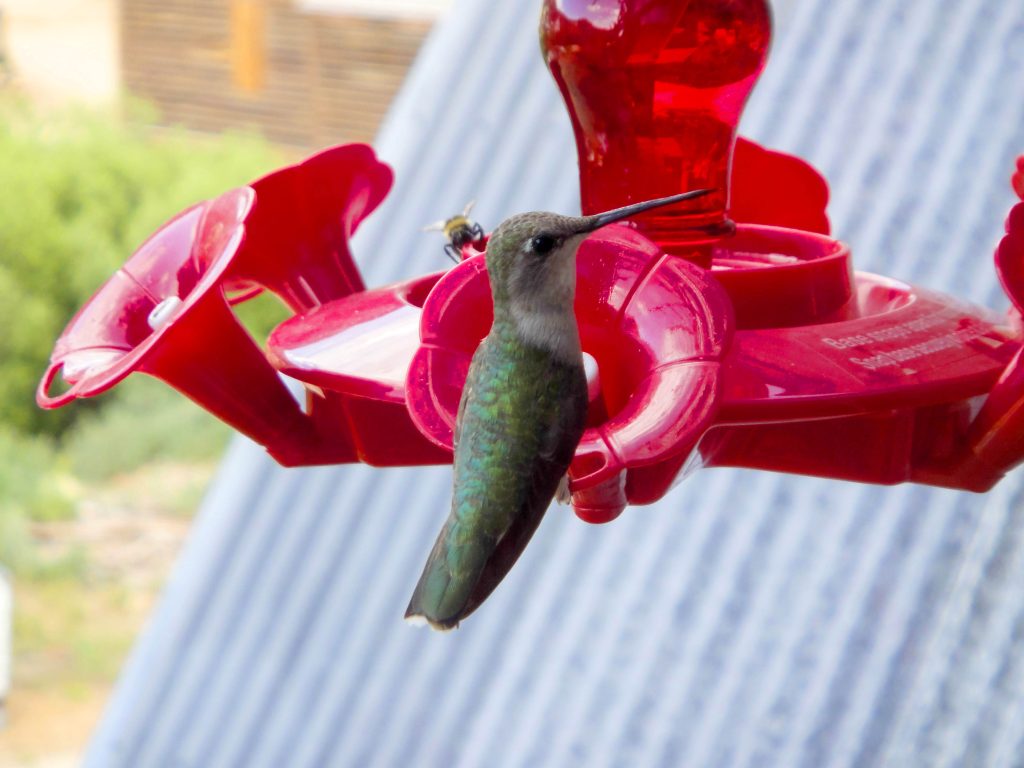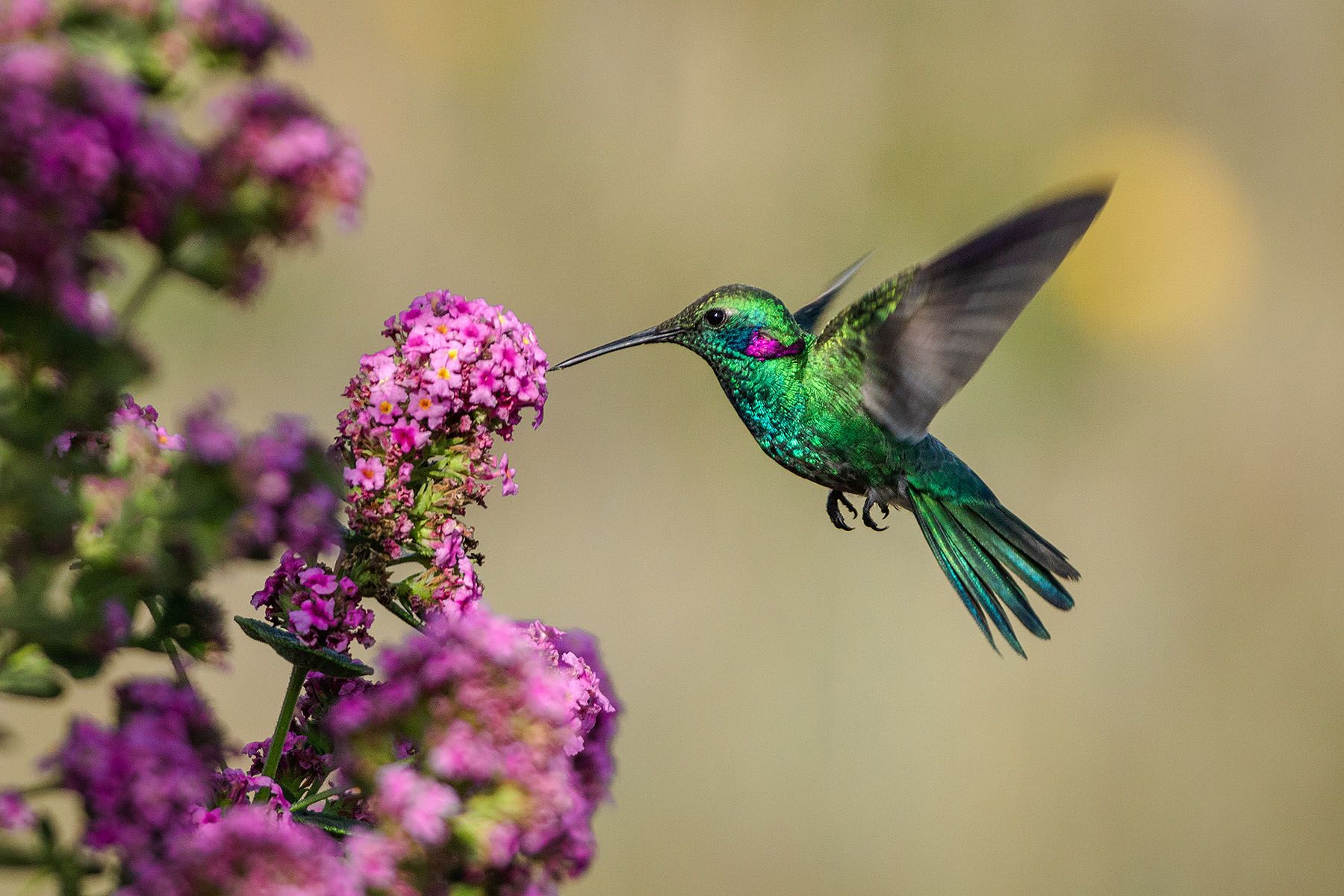Hummingbirds are quite the miracle. While flying, a hummingbird’s heart will beat around 1,200 times a minute. They breathe 250 times a minute and can beat their wings up to 80 times per second. Specialized muscles allow them to beat their wings that fast, and they can move their wings forward and backward. This specific way of flying offsets their body weight, allowing them to hover—an ability that very few animals are capable of.
Doug Altshuler, a UBC zoology professor, specializes in researching hummingbird maneuverability. Currently, his lab is researching how the hummingbird brain transforms visual signals very rapidly into maneuver commands, allowing them to navigate their environments.
“Although the hummingbird maneuvering is quite unique, it turns out that they do so using the pathways in the brain that we share,” Altshuler says. “We believe that we are gaining insight into how it is that humans are also able to maneuver by studying the maneuverability of hummingbirds and other small birds.”
Hummingbirds Around UBC
Two species of hummingbirds live on the UBC campus–the Rufous hummingbird, and Anna’s hummingbird.
Rufous hummingbirds are a migratory species—they arrive in the area in March for the breeding season before returning south in midsummer. Anna’s hummingbirds, on the other hand, are a resident species around campus—even during the winter.
Hummingbirds are a beloved fixture in the Vancouver area, so much so that Vancouverites voted the Anna’s hummingbird the official city bird in 2017.
Interestingly, Anna’s hummingbirds were not always present in the area, unlike the Rufous hummingbirds. Anna’s hummingbirds began migrating here from California about 50 years ago—their real population boom occurred in the 1990s—and they are now prevalent across southwestern British Columbia.
“They really moved quickly up north,” says Altshuler. “It’s almost certainly due to food availability.” As the Anna’s hummingbirds were able to find more food farther north, the species migrated. Now, they live here all year round.
Since the Rufous hummingbirds have returned to the area by now for the breeding season, it is a good time for residents to see both species. “The best place to see them is around flowers and feeders,” Altshuler says. “Though I will also say, if you look at the tops of trees, you might see a perched male. They often like to survey a territory from a high-up perch.”
Setting up a Feeder
For residents interested in helping support local hummingbird populations, setting up a feeder filled with a mixture of sugar and water is the best thing they can do. Hummingbird populations seem to be in decline, so this is becoming more important than ever. It is unclear what exactly is causing this decline, but scientists have some theories.
“There is some convincing research that pesticides might be a bit of a problem,” Altshuler says. “All of us humans should be advocating for more care and respect to the chemicals we’re putting into the environment.”
Even residents living in elevated apartments will still be able to attract hummingbirds with a feeder, as hummingbirds are capable of flying very high. Local populations around campus have been known to fly over buildings at UBC.

“The main thing to keep in mind if you want to set up a feeder and attract a hummingbird is that they won’t necessarily find it immediately,” says Altshuler. Just be persistent, and eventually the hummingbirds will find the feeder.
Altshuler also recommends ensuring the sugar water is changed regularly. If it’s hot outside, changing the sugar water every five days is recommended, while every seven days during cold weather is fine. Make sure the sugar water is fully replaced every time you change it and clean the feeder at the same time.
“One thing to note is that when it’s very cold out, it’s important to use higher sugar concentrations,” says Altshuler. A 25 per cent sugar concentration is great during the spring, summer, and fall, but 30–35 per cent is better for the winter months.
AMIE BERNAERDT IS A SECOND-YEAR STUDENT AT UBC WITH PLANS TO MAJOR IN CREATIVE WRITING OR ANTHROPOLOGY. SHE LIVES IN WESBROOK PLACE.
